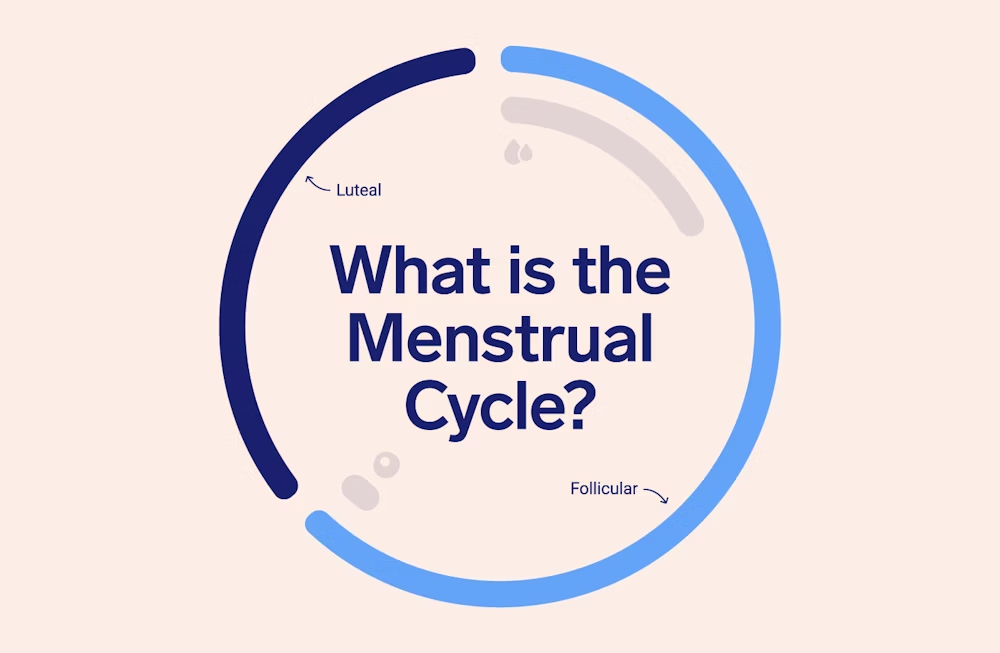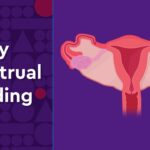The menstrual cycle, often shrouded in mystery for many, is an intricate and essential process for roughly half of the Earth’s population. Far from a mere inconvenience, the menstrual cycle is a fundamental aspect of human existence. Let’s unravel this natural phenomenon, breaking down its purpose, phases,
and the fascinating dance of hormones that orchestrates the entire process.
The Purpose of the Menstrual Cycle
Contrary to common misconceptions, the menstrual cycle serves a crucial purpose – preparing the uterus for pregnancy. Governed by hormones, primarily estrogen and progesterone, this monthly cycle involves a series of changes in the female reproductive organs.
Phases of the Menstrual Cycle
To simplify this complex process, let’s categorize it into four distinct phases:
1. Follicular Phase
• Initiating on the first day of menstruation, the follicular phase sees the rise of Follicle Stimulating Hormone (FSH). FSH prompts the ovaries to prepare eggs for potential release. Estrogen, released by the growing follicles, thickens the endometrium, creating a hospitable environment for a fertilized egg. This phase, which lasts from the first day of the period to ovulation, is the most variable and unpredictable part of the menstrual cycle.
2. Ovulation
• Midway through the cycle, ovulation occurs when an egg is released from the ovary. Rising estrogen levels trigger Leutenizing Hormone (LH), causing the dominant follicle to release its egg. This egg travels toward the uterus through the fallopian tube. If fertilization occurs, pregnancy is a possibility. Otherwise, the unfertilized egg dissolves within two days. Some women may experience mild cramping (mittelschmerz) and notice clearer, stretchier vaginal discharge during ovulation.
3. Luteal Phase
• Post-ovulation, the corpus luteum, the structure housing the released egg, produces progesterone. Progesterone sustains the endometrium, preparing it for pregnancy. In the absence of pregnancy, falling progesterone levels lead to the shedding of the uterine lining, marking the end of the cycle. Remarkably, the luteal phase consistently spans 14-15 days in all cycles for all women with periods.
4. Menstruation
• The menstrual period, or menstruation, occurs as the endometrial lining is released. Lasting 3-7 days, this phase involves the gradual release of the endometrium, blood, and fluids. As menstruation begins, the entire hormonal cycle restarts with the follicular phase, gearing up for the next cycle.
In Summary
In essence, the menstrual cycle involves the maturation of eggs, ovulation, the journey of the egg through the reproductive system, and, if no pregnancy occurs, the shedding of the uterine lining as a period. This cyclical dance is a marvel of nature, intricately regulated by hormones to fulfill its essential purpose of preparing for potential reproduction. Demystifying the menstrual cycle is a step toward embracing and understanding this natural aspect of womanhood. By acknowledging the significance of each phase, women can better appreciate the
intricacies of their bodies, fostering a sense of empowerment and connection to the rhythms of life.



